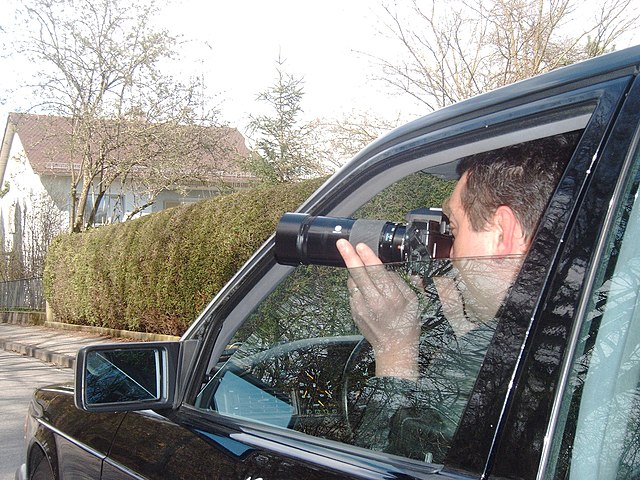
Arson, the malicious act of deliberately setting fire to property, is a crime that leaves a trail of destruction in its wake. The aftermath of arson can be devastating, not only causing physical damage but also leaving emotional scars on individuals and communities. Investigating arson cases requires a keen eye, meticulous attention to detail, and a thorough understanding of the intricacies involved in identifying the culprits responsible for such heinous acts.
Understanding Arson: A Complex Crime
Arson investigations are inherently challenging due to the clandestine nature of the crime. Unlike other offenses, where tangible evidence may be readily available, arson often leaves behind a charred landscape devoid of clear clues. However, despite the obstacles, forensic experts and law enforcement agencies employ a variety of techniques to unravel the mystery behind arson cases.
The Role of Forensic Science
Forensic science plays a pivotal role in arson investigations, providing invaluable insights into the origins and causes of fires. Fire debris analysis, for instance, involves examining remnants of the blaze to determine the presence of accelerants such as gasoline or lighter fluid. Additionally, advancements in technology have led to the development of sophisticated tools like gas chromatography-mass spectrometry, enabling investigators to detect trace amounts of accelerants with unparalleled accuracy.
Behavioral Analysis
In many arson cases, understanding the mindset of the perpetrator is crucial to narrowing down the list of suspects. Behavioral analysis, a field within forensic psychology, delves into the motives and patterns of arsonists, helping investigators create profiles that aid in identifying potential culprits. Factors such as past criminal history, financial distress, or personal vendettas may provide valuable insights into the perpetrator’s psyche.
The Investigative Process
Arson investigations typically follow a systematic approach aimed at gathering evidence, analyzing data, and building a case against the suspect. The process often begins with the initial assessment of the fire scene, where investigators meticulously document and collect physical evidence. This evidence may include charred debris, remnants of accelerants, and witness statements.

Utilizing Technology
In recent years, technological advancements have revolutionized the field of arson investigation, providing investigators with powerful tools to aid in their inquiries. Thermal imaging cameras, for example, can detect hot spots and areas of intense heat, helping pinpoint the origin of the fire. Similarly, computer modeling software allows investigators to recreate the sequence of events leading up to the blaze, providing invaluable insights into its cause and progression. Check out their page to read the full report about investigating arson cases.
Collaboration and Expertise
Successful arson investigations often rely on collaboration between various stakeholders, including law enforcement agencies, fire departments, and forensic specialists. By pooling their resources and expertise, these entities can leverage their collective knowledge to piece together the puzzle of arson cases. Interdisciplinary cooperation, coupled with rigorous investigative techniques, enhances the likelihood of identifying and apprehending the perpetrators.
Conclusion: Shedding Light on Darkness
Arson, with its destructive potential and clandestine nature, poses a significant challenge to law enforcement agencies and forensic experts alike. However, through the application of cutting-edge technology, meticulous investigative techniques, and collaborative efforts, investigators can unravel the mystery behind arson cases and bring perpetrators to justice. By shedding light on the darkness of arson, we not only seek accountability for those responsible but also strive to prevent future tragedies from occurring.
